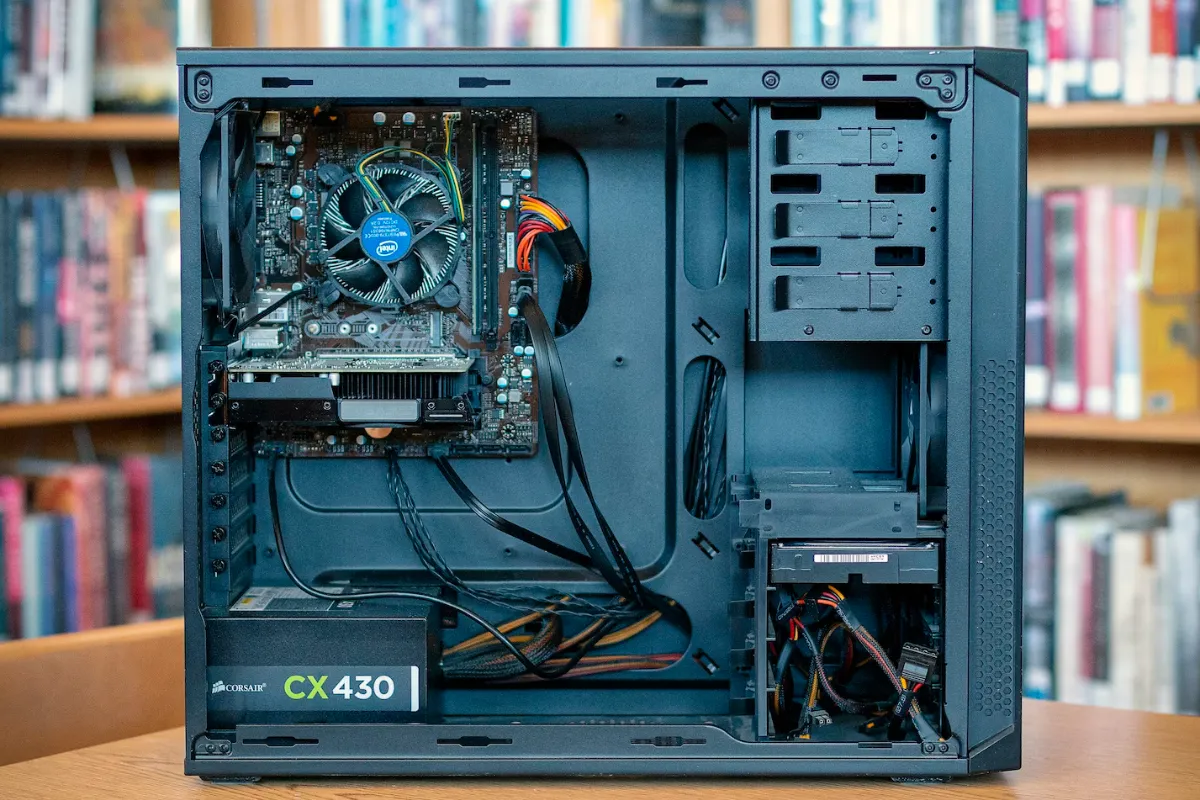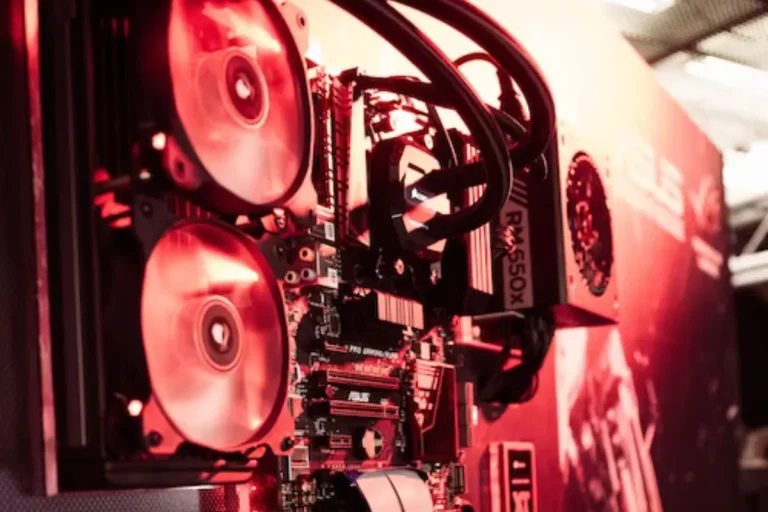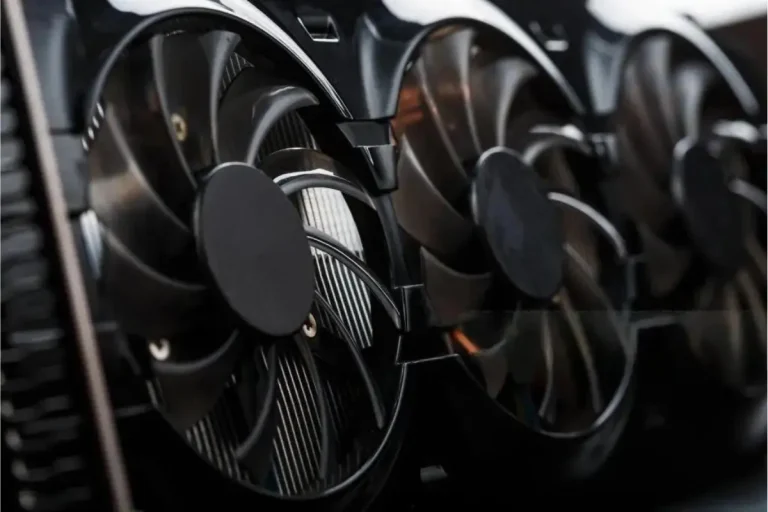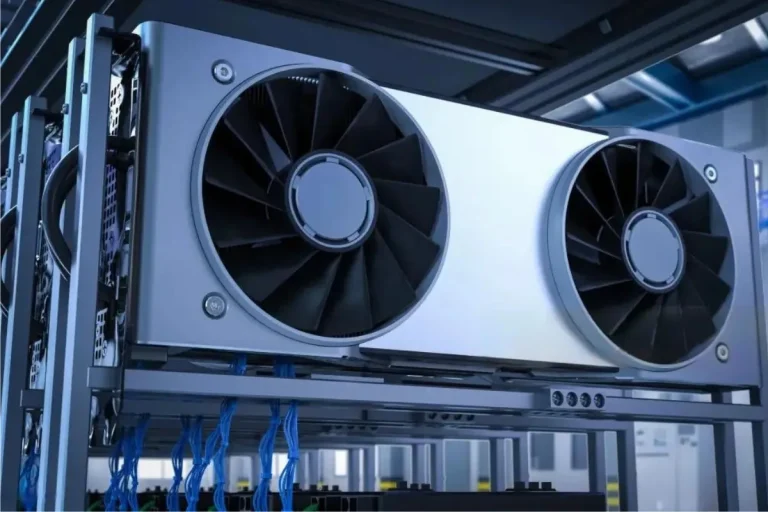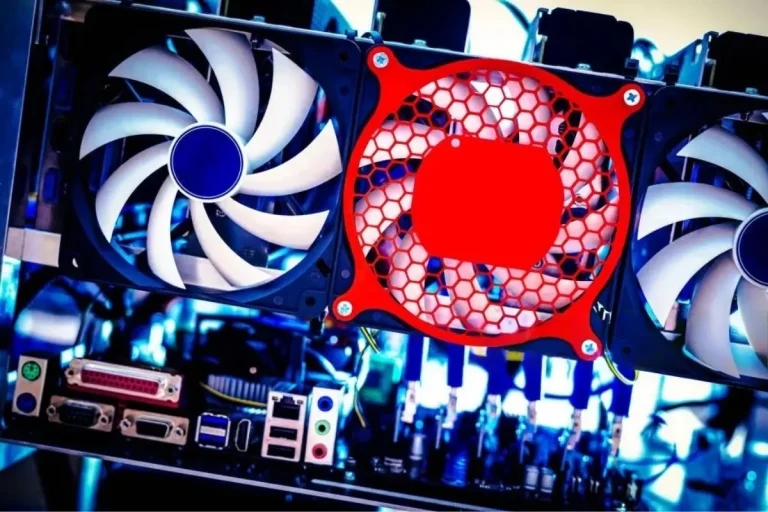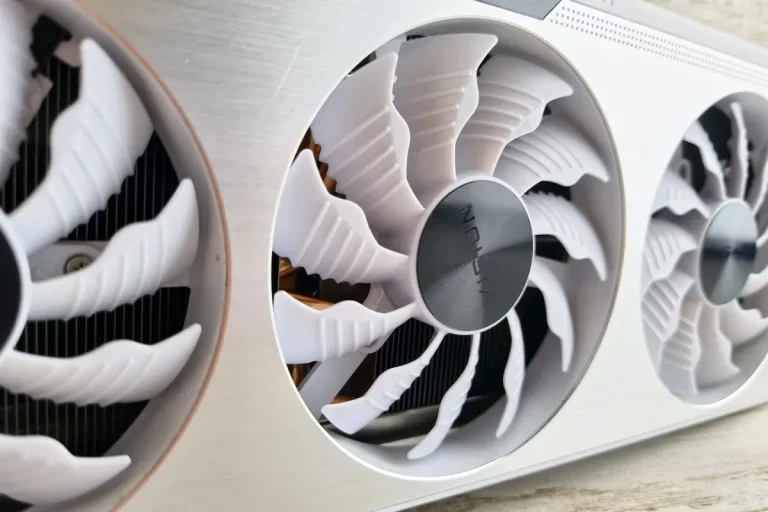How do you lower the GPU temperature on a laptop?
Is your laptop’s GPU temperature giving you the heatwave blues? Don’t fret! Discovering how to lower the GPU temperature on your laptop can ensure smoother gaming and prevent potential overheating issues.
With a few simple tricks up your sleeve, you’ll be able to keep your laptop cool and your gaming sessions even cooler.
Elevate the Laptop and Improve Airflow
When it comes to keeping your laptop’s GPU temperature in check, proper positioning for airflow plays a crucial role. By elevating your laptop and improving airflow, you can effectively dissipate heat and maintain optimal performance. Here are some tips to help you achieve just that:
Importance of Proper Laptop Positioning for Airflow
The way you position your laptop can significantly impact its cooling capabilities. When placed on a flat surface, laptops tend to trap heat, leading to increased temperatures. Elevating your laptop allows for better airflow and prevents heat accumulation, helping to keep the GPU temperature under control.
Tips on Using a Laptop Cooling Pad or Elevating the Laptop
- Laptop Cooling Pad: Investing in a laptop cooling pad is a great way to enhance airflow. These pads come equipped with built-in fans that increase air circulation around your laptop. Simply place your laptop on the cooling pad, and let it work its magic.
- DIY Solutions: If you don’t have a cooling pad, worry not! You can use household items like books, empty cardboard boxes, or even a sturdy stand to elevate your laptop. The goal is to create an elevated surface that allows air to flow freely underneath the laptop.
- Proper Surface: When choosing a surface to place your laptop on, opt for materials that conduct heat well, such as wood or metal. Avoid using soft surfaces like pillows or blankets, as they can obstruct airflow and contribute to heat buildup.
Adjust Power Settings
When it comes to managing GPU temperature on your laptop, adjusting power settings can make a significant difference. By optimizing power settings, you can strike a balance between performance and temperature control.
Let’s delve into how power settings impact GPU temperature and explore a guide to optimizing them for a cooler laptop.
How Power Settings Impact GPU Temperature
The power settings on your laptop determine the amount of power allocated to the GPU. Higher power settings often result in increased GPU usage, which in turn generates more heat.
By adjusting power settings, you can regulate the GPU’s power consumption and subsequently lower its temperature.
Guide to Optimizing Power Settings for Lower Temperature
- Power Plan Selection: Access the power options in your laptop’s settings and choose a power plan that focuses on energy efficiency rather than performance. Selecting a power plan like “Power Saver” or “Balanced” can help reduce GPU workload and lower temperature.
- Max CPU Usage: Within the power settings, you can limit the maximum CPU usage to decrease the overall heat generated. Adjust the CPU usage percentage to a level that suits your needs while keeping the temperature in check.
- Dim Display Brightness: Lowering the display brightness can reduce power consumption and subsequently decrease GPU temperature. Adjust the brightness level to a comfortable setting that balances visibility and power savings.
- Turn Off Unnecessary Features: Disable features like Wi-Fi, Bluetooth, or any background applications that you don’t require during gaming sessions. This minimizes unnecessary power usage and helps keep the GPU temperature under control.
Reduce CPU and GPU Usage

High CPU and GPU usage can quickly lead to increased temperatures on your laptop, potentially causing performance issues and even overheating. Managing these usage levels is crucial for maintaining a cool and efficient system.
Let’s dive into why high usage leads to temperature spikes and explore some tips to help you manage CPU and GPU usage effectively.
Explanation of How High Usage Leads to Increased Temperature
When your laptop’s CPU and GPU are operating at high usage levels, they generate more heat. This heat needs to be dissipated to prevent overheating.
If the cooling system of your laptop is unable to handle the excessive heat, the temperature can rise rapidly, impacting the overall performance and potentially damaging internal components.
Tips on Managing Background Processes and Closing Unnecessary Applications
- Task Manager: Open the Task Manager (Ctrl + Shift + Esc) and identify resource-heavy processes running in the background. Sort them by CPU or GPU usage, and close any unnecessary applications or processes that are consuming significant resources.
- Disable Startup Programs: Many applications automatically start when you boot up your laptop, consuming valuable CPU and GPU resources. Disable unnecessary startup programs to reduce overall usage and keep temperatures in check.
- Browser Extensions: Some browser extensions can consume considerable resources, leading to increased CPU and GPU usage. Review and remove any extensions that you don’t use frequently or that are causing performance issues.
- Optimize Game Settings: Adjusting the graphics settings within games can help reduce the strain on your GPU. Lowering the resolution, disabling resource-intensive effects, or adjusting the detail level can significantly decrease GPU usage and temperature.
Consider Thermal Paste Replacement
When it comes to managing heat transfer within your laptop, the quality and condition of the thermal paste play a crucial role. Thermal paste helps to establish efficient heat conduction between the CPU (Central Processing Unit) and the cooling system.
We will explain how thermal paste affects heat transfer and provide a guide to replacing it for improved cooling.
Explanation of How Thermal Paste Affects Heat Transfer
Thermal paste is a compound that fills the microscopic gaps between the CPU and the heatsink, ensuring optimal heat transfer. Over time, thermal paste can dry out or degrade, resulting in reduced thermal conductivity.
This can lead to poor heat dissipation and higher temperatures. By replacing the thermal paste, you can restore its effectiveness and enhance heat transfer.
Guide to Replacing Thermal Paste for Improved Cooling
- Before starting, gather a lint-free cloth, isopropyl alcohol, thermal paste, and a screwdriver (if required to access the CPU).
- Shut down your laptop and unplug it from the power source. If necessary, remove the bottom panel or any components obstructing access to the CPU.
- Use the lint-free cloth and isopropyl alcohol to carefully clean the old thermal paste from the CPU and heatsink. Ensure that both surfaces are free from any residue.
- Apply a small pea-sized amount of new thermal paste onto the center of the CPU. Make sure not to use too much as it may cause uneven spreading or overflow.
- Carefully reassemble any components that were removed, ensuring everything is properly secured. Power on your laptop and monitor the temperatures to ensure that the new thermal paste has improved cooling performance.
Frequently Asked Questions
Q: Can I lower the GPU temperature on my laptop by simply using a cooling pad?
While a cooling pad can help improve airflow and reduce overall laptop temperature, it may not directly lower the GPU temperature. It primarily assists in cooling the laptop as a whole by providing better ventilation.
Q: Is it necessary to underclock or undervolt the GPU to lower its temperature?
Underclocking or undervolting the GPU can indeed reduce its temperature by reducing power consumption and heat generation. However, it may also impact the GPU’s performance, so it’s important to find the right balance between temperature and performance.
Q: Will cleaning the laptop’s internal components help in lowering the GPU temperature?
Yes, cleaning the laptop’s internal components, such as the cooling fans and heat sinks, can significantly improve heat dissipation and lower the GPU temperature. Dust accumulation can hinder airflow and lead to overheating.
Q: Can adjusting the graphics settings in games help lower the GPU temperature?
Yes, lowering the graphics settings in games can reduce the workload on the GPU, resulting in lower temperatures. Adjusting settings like resolution, anti-aliasing, and texture quality can help alleviate the GPU’s workload and keep temperatures in check.
Q: Should I consider replacing the thermal paste on my laptop’s GPU to lower its temperature?
Yes, replacing the thermal paste on the GPU can be beneficial in lowering its temperature. Over time, the thermal paste can dry out or degrade, affecting heat transfer. By replacing it with a fresh application, you can improve thermal conductivity and reduce GPU temperatures.
Conclusion
Keeping your laptop’s GPU temperature in check is essential for optimal performance and longevity. By using a cooling pad, cleaning internal components, adjusting graphics settings, considering underclocking or undervolting, and even replacing the thermal paste, you can effectively lower the GPU temperature and ensure a cooler and smoother gaming experience.
